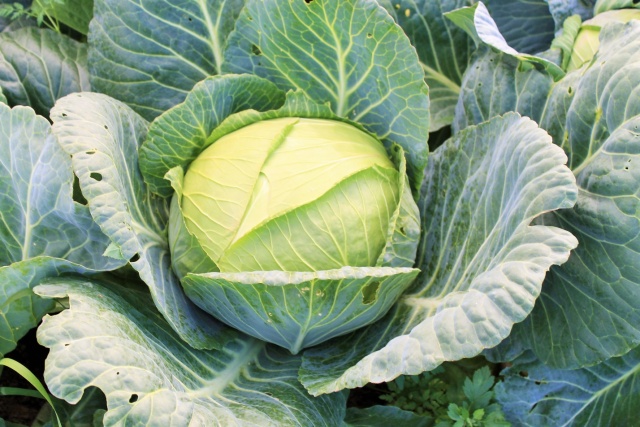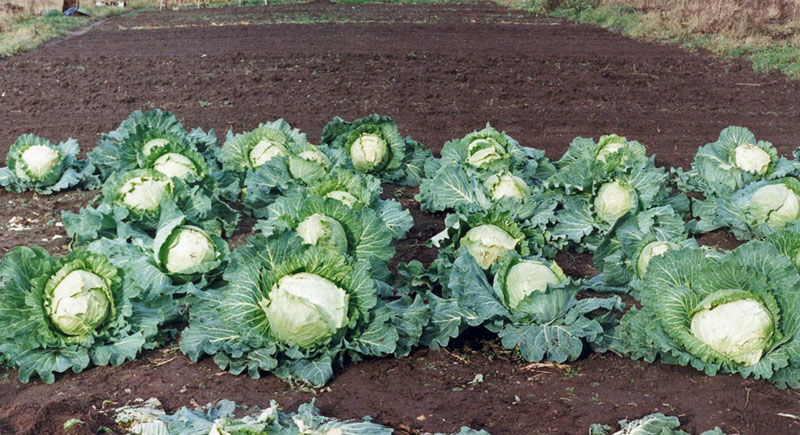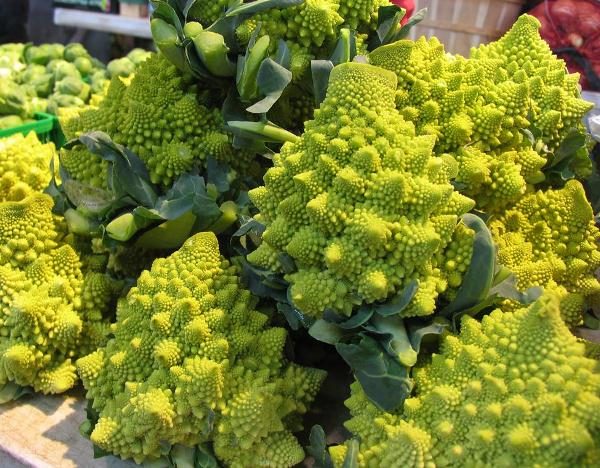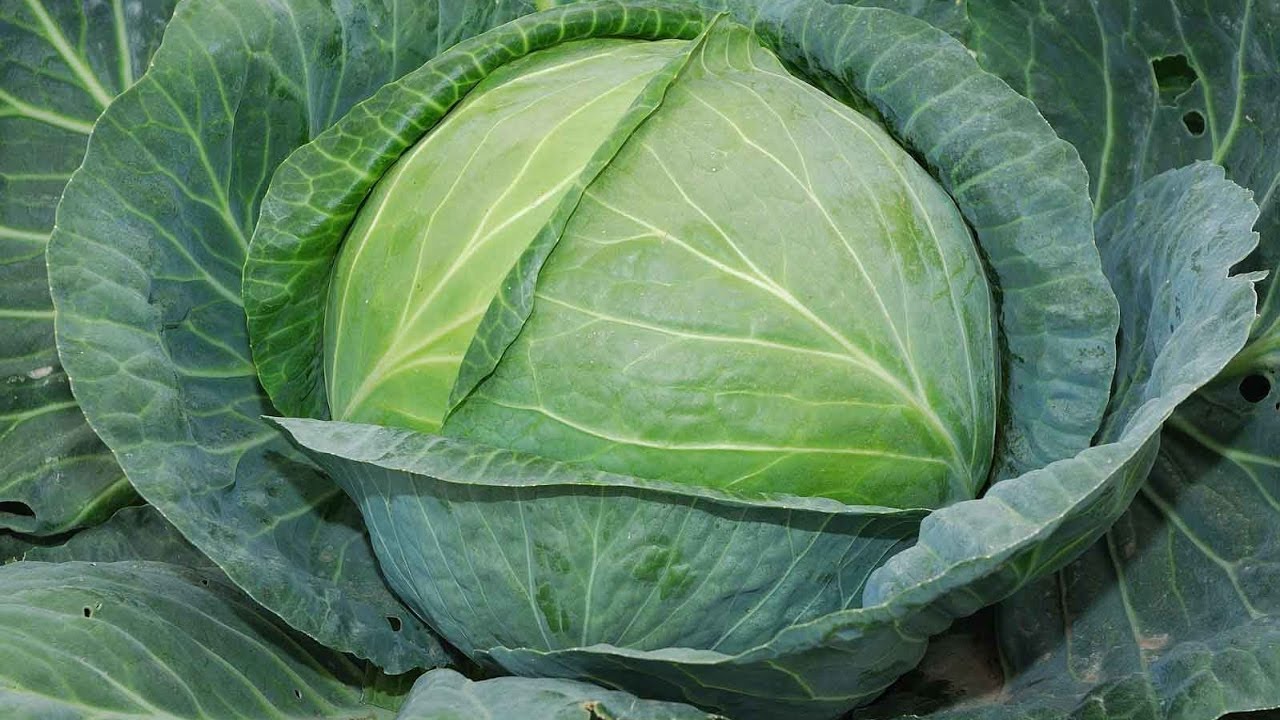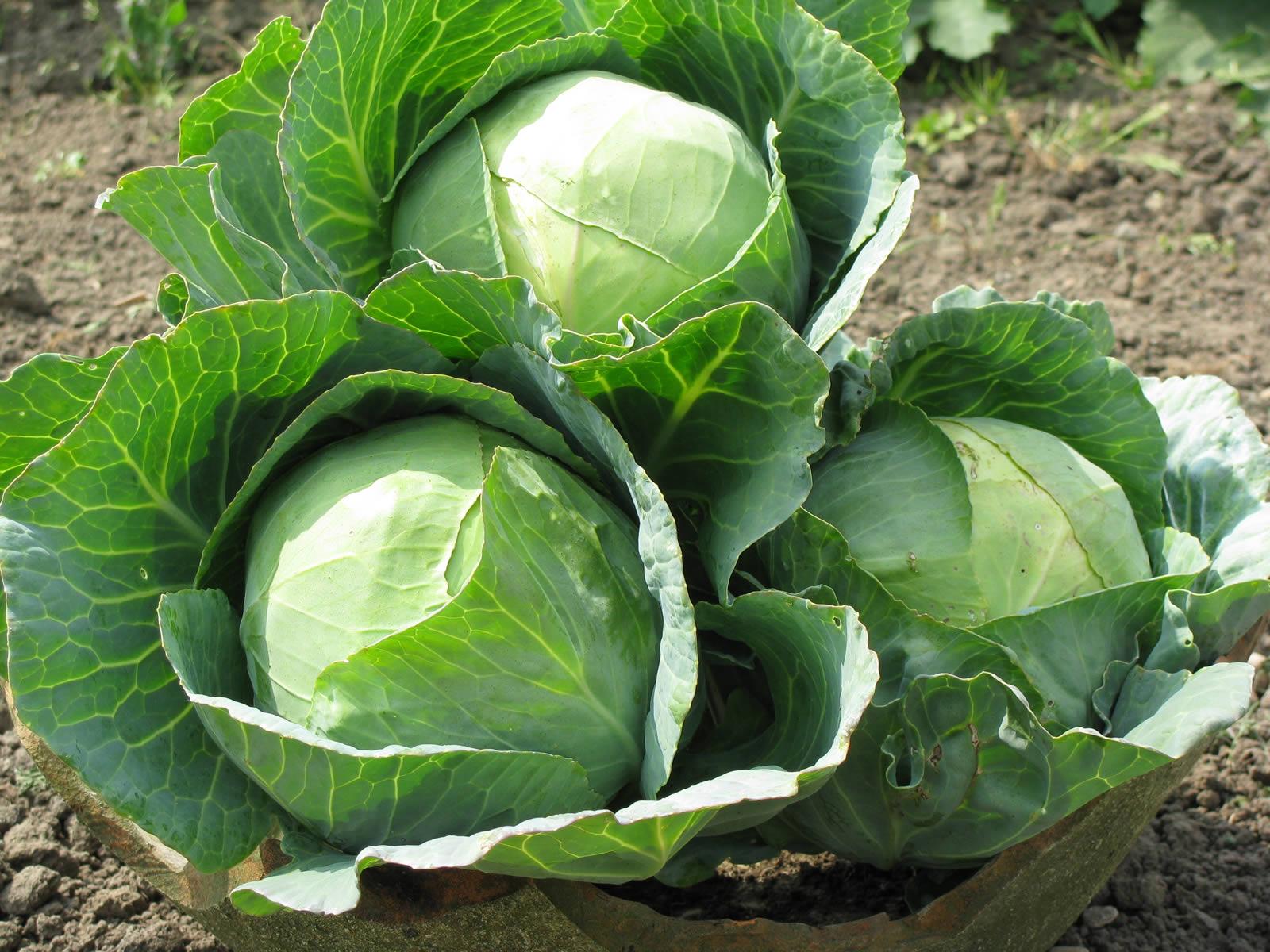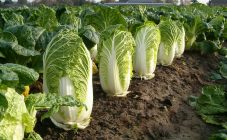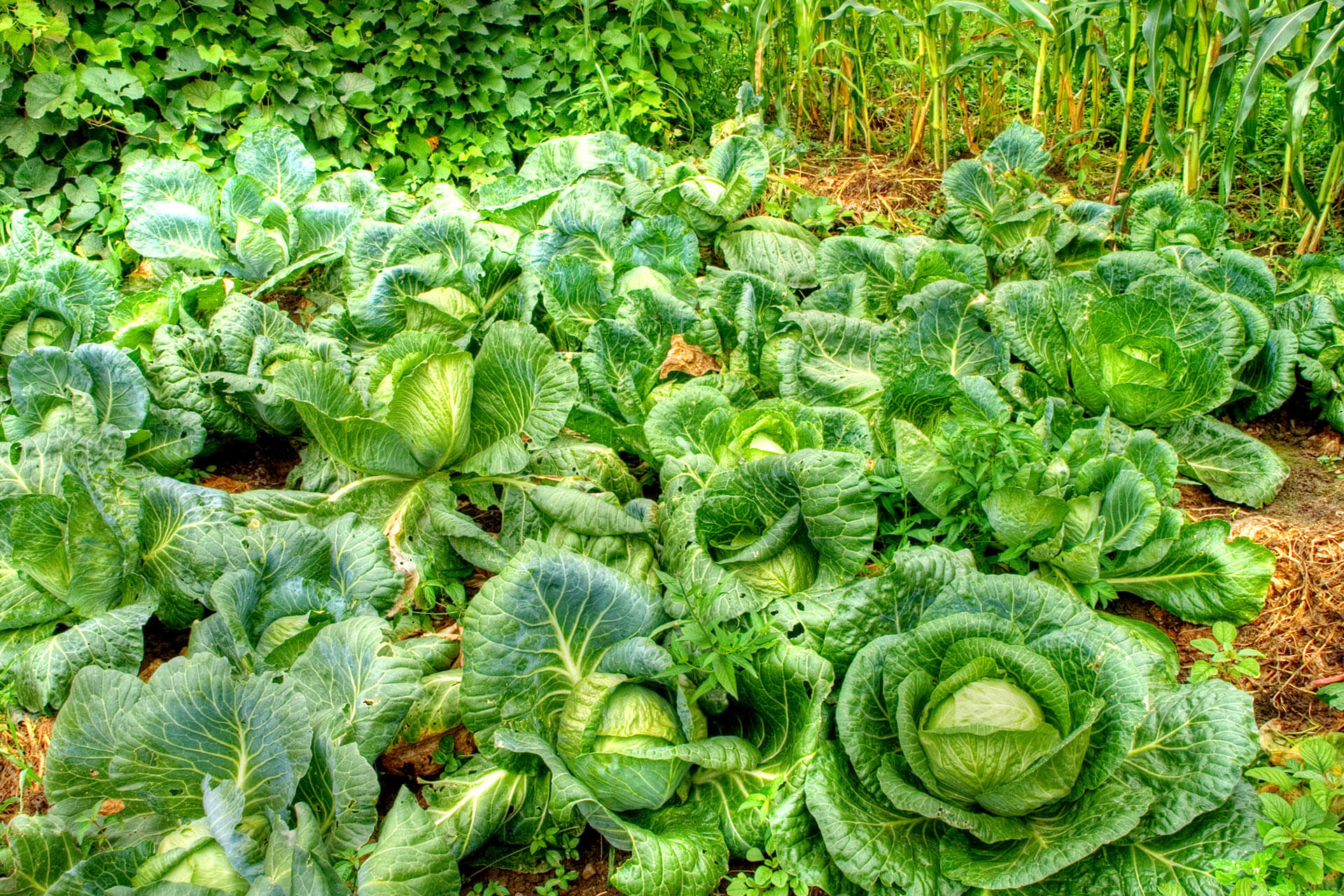Content:
Slava cabbage belongs to the group of medium-ripening hybrids. It was created at the Gribovskaya Experimental Station at the beginning of 1939 by crossing foreign samples. Variety Slava 1305 is included in the State Register of Russia for Vegetable Crops. It is cultivated throughout the country.
Description of the cabbage variety Slava
After the first shoots appear, you can get a full harvest in 110-128 days. To eliminate cracking of heads of cabbage, they are turned around an axis or tilted to the ground
The rosette of the plant is of medium size. It is slightly raised. The leaves are rounded. They have a wavy structure along the edges. Their surface is covered with fine wrinkles. They are painted gray with a green tint, covered with a wax coating.
The hybrid has large heads of cabbage in the form of a flattened sphere or completely spherical in shape. The outer stump is relatively short, while its inner counterpart is of medium length.
Fruit weight ranges from 2.5 to 4.8 kg. The inside of the cabbage is white.
The yield of white cabbage Slava 1305 is 580-920 c / ha. They use it fresh or fermented. Heads of cabbage can withstand transportation over medium distances. The hybrid can withstand light frosts.
Agrotechnics
Glory is grown in seedlings. It is recommended to buy seeds that have undergone pre-sowing treatment (indicated in the annotation on the package).
Then the grains are thoroughly washed with running water, placed in a place where the temperature does not rise above 2 ° C. They are there for 24 hours. After such hardening, they can be sown in containers filled with homemade or purchased soil. The seeds are buried 15 mm, and the distance between them is 70 mm. The plantings are sprayed with water, covered with a film. The room temperature is maintained up to 17 ° C.
You can also plant seeds in the greenhouse, right in the beds. Then this procedure is carried out in early April. When the shoots appear, and the first leaves are on them, it is recommended to thin out the seedlings so that a distance of 50 mm remains between the plants.
Care must be taken that the soil under the shoots does not dry out. It is recommended to water them once a week. When the cabbage seedling releases 2 leaves, it needs to be fed with a mixture of 5 g of ammonium nitrate, 6 g of superphosphate, and 2 g of potassium (chloride). This amount of ingredients is enough to process 1 sq. m landings. Fertilizer is scattered between individual bushes. After 7 days, the procedure is repeated.
Characteristics of a seedling suitable for transplanting to a garden:
- growth not less than 150 mm;
- the number of leaves is 5 or 6.
2 hours before the procedure, the land on the site is watered abundantly with water. A place for bushes is chosen on the sunny side of the garden. Planting is carried out according to the scheme 0.6 X 0.6 m. Soils with low acidity are suitable for Slava. It is better to plant this type of cabbage after potatoes, cucumbers or legumes.
Farmers living in the southern regions of Russia prefer to immediately sow seeds in open ground in the spring, deepening them by 20 mm. After the formation of 3 leaves on the seedlings, you need to thin out the bushes. When 6 leaf plates appear on the plants, a distance of at least 0.6 m is left between them. The earliest date for such work is mid-April. But then you will have to cover the young bushes with cloth or film so that they do not die from night temperature drops.Therefore, gardeners postpone sowing seeds to a later period, for example, at the beginning of May.
In the northern regions of the country, measures have to be taken against sudden frosts. If unfavorable weather conditions have arisen, then the beds are watered with water in the evening, and then the bushes are covered with a film.
Like any plant, Slava needs to be fed about 2 weeks after transplanting the seedlings. To do this, use a solution of 0.4-0.5 liters of mullein in a bucket of water. This amount is enough to process 5 bushes.
The second feeding is done when the heads are formed. To this mixture add 50 g of wood ash. The third time the procedure is repeated after 21 days.
Diseases and pests
Slava is predisposed to the following diseases:
- keel;
- blackleg;
- powdery mildew (false).
The first disease is eliminated by weeding, harvesting the remains of old plants. For prophylaxis, the introduction of lime into the soil before sowing measures (0.4 kg per 1 sq. M) is used. To combat keel, one must remember that cabbage cannot be cultivated in the same place for 2 years in a row. Treatment of the beds with a formalin solution (0.25 liters per bucket of water) helps well against the disease. Spraying is carried out 14-20 days before sowing. After that, the ground is covered with a film for 72 hours.
The black leg appears when there is a large amount of moisture under the bushes or a high density of plantations. To eliminate the danger, it is recommended to treat the soil with a hot solution of potassium permanganate. For 1 sq. m of the garden, 1500 g of the substance is consumed, diluted in 5 liters of water. loosening the earth between the rows, dusting the roots of plants with chalk helps well. Experts recommend using the drugs Previkur or Trichodermin against the disease.
Powdery mildew is eliminated by treating the bushes with products containing copper. You can pollinate seedlings with ground sulfur 3 times per season. If there are sick specimens, then they are destroyed. For prevention, the seeds are kept in water with a temperature of about 50 ° C for 24-25 minutes before planting in the ground. Follow-up activities are carried out in 3 stages. Initially. 9-10 days after diving, the sprouts are sprayed with a solution of 2.5 g of ammonium nitrate, 0.9 g of potassium chloride and 3.9-4 g of superphosphate in 1 liter of water.
After 12 days, use 3 g of nitrate, diluted in 1000 ml of an aqueous solution. 5 days before planting the bushes on the beds, the plants are watered with a mixture of 1 liter of water, 2 g of potassium chloride, 2.8 g of nitrate, 7.5 g of superphosphate.
To combat aphids, parsley and dill are grown along the perimeter of the beds. The danger from moths and their caterpillars is eliminated by removing weeds. To fight insects, it is good to use special covering materials, for example, Lutrasil or Agrill.
It is recommended to plant garlic around the cabbage against flies, and tansy and peppermint save from the whites. Thyme or sage is used to scare away the scoop. Slugs are destroyed by hand or into the ground. Wood ash is poured near the plant roots.
Advantages and disadvantages of the variety
White cabbage Slava has the following advantages:
- It can be bred in arid regions. The hybrid tolerates a lack of moisture well.
- Saplings and heads of cabbage quite easily tolerate sudden changes in temperature. They are not afraid of night spring frosts.
- With a high yield of the plant, its fruits have good taste. They contain 8-10% sugar.
Disadvantages:
- Short shelf life. After the harvest, which takes place at the end of October, Slava is kept in the pantry only until next January.
- If the plant is often watered with a small amount of water, then its heads will crack.
Farmers note that this variety is susceptible to keel disease. To eliminate this danger, experts recommend timely preventive treatment of plants with appropriate preparations.Sick bushes must be destroyed immediately. They are taken out of the site and burned.
